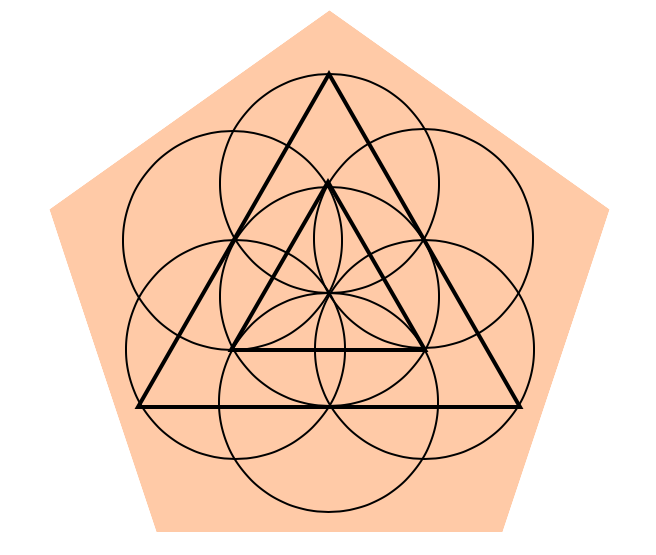Community Acupuncture
Community Acupuncture treatments take place in an open room along with other individuals also receiving an acupuncture treatment. This style of acupuncture includes less time talking at the start of your treatment and more time relaxing on the table, dropping all those daily tensions. The collective energy of several individuals entering a healing state in the same space is unique to community acupuncture, similar to a group meditation.
Acupuncture involves the insertion of very fine, single-use needles into specific acupuncture points on the body. This regulates the flow of vital life force (qì 氣) and blood (xuè 血) throughout the acupuncture channels, thereby initiating one's inherent ability to restore balance and alleviate pain. There is a saying in Chinese medicine: “If there is no free flow, there is pain; if there is free flow, there is no pain.” Therefore, the primary goal of an acupuncture treatment is to assess where and why there is a lack of free flow of qì and blood, and then to restore it. The acupuncture channels form a complex, interconnected web which integrates the entire body. Because of this interconnectivity, acupuncture needles are often inserted in places away from your chief complaint. For example, headaches may be treated by performing acupuncture on the hands or feet, or digestive problems may be treated with needles around the knees or elbows, or shoulder pain by needling the ankles. A well-balanced acupuncture treatment treats you systemically, therefore you may notice an improvement of your chief complaint along with better digestion, sleep, mental clarity, emotional balance, deeper breathing, and a general sense of wellbeing.
Contemporary research indicates that acupuncture modulates the nervous, endocrine and immune systems. It affects several neurotransmitters and neuropeptides, such as serotonin which helps with depression, anxiety, and addictions. It also affects oxytocin which is involved in regulating the parasympathetic nervous system, our 'rest and digest' operating mode. This is important in the treatment of stress-related illnesses because modern society is often running the sympathetic nervous systems ‘fight or flight’ operating mode. Switching us into a parasympathetic state helps to drop muscle tension, slow the heart rate, lower blood pressure, improve digestion, moderate breathing, and balance reproductive organ function. Acupuncture also increases norepinephrine which relieves pain and suppresses nervous tissue inflammation. The insertion of an acupuncture needle activates a release of endorphins which are natural pain-killers. It increases blood circulation and dilates blood vessels, thereby delivering oxygen and nutrient-rich blood, hormones and immune factors to imbalanced areas of the body. It also increases white blood cell count and antibody levels. Additionally, the insertion of an acupuncture needle creates a micro-trauma which activates the body’s innate ability to heal this micro-trauma, and this process benefits any lingering tissue damage around this micro-trauma.

